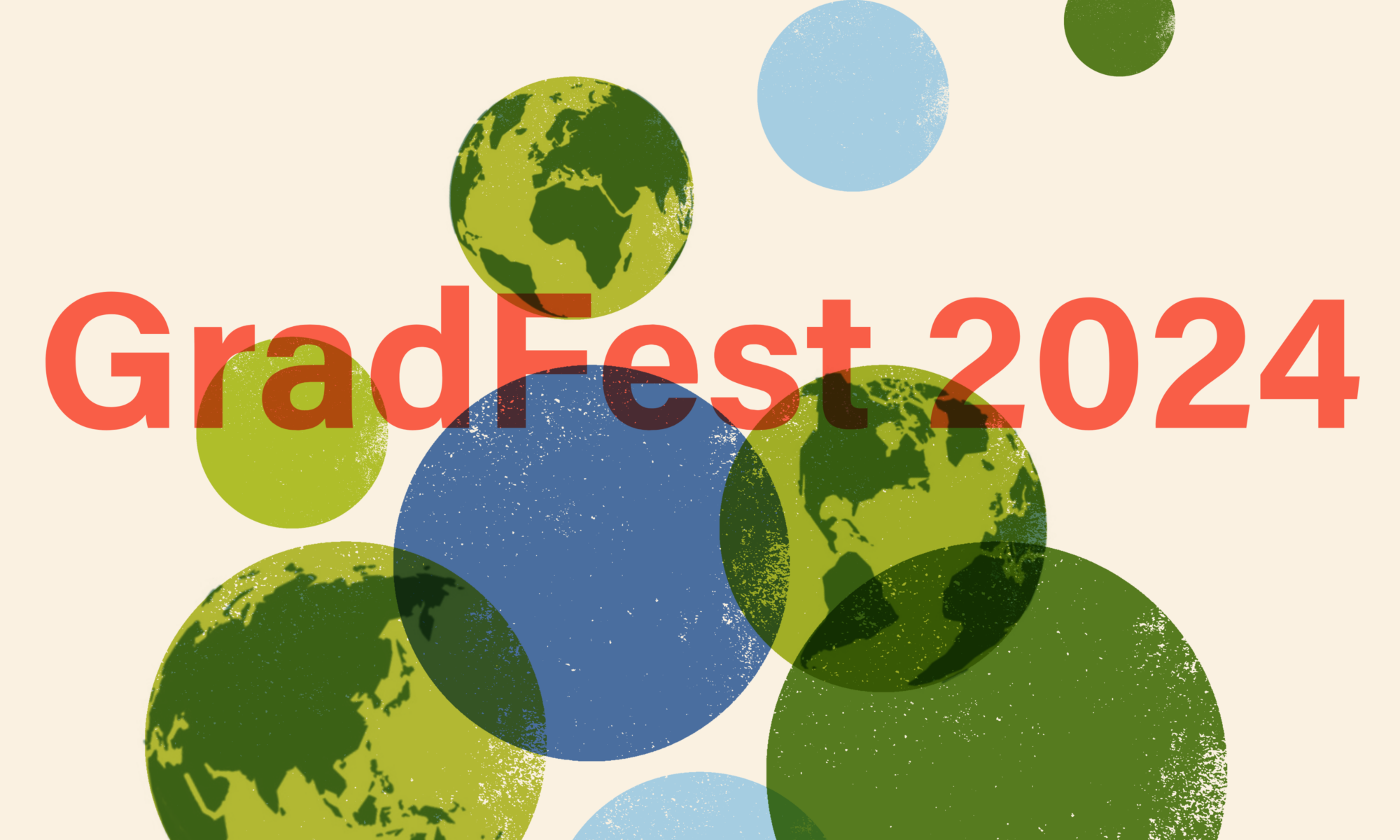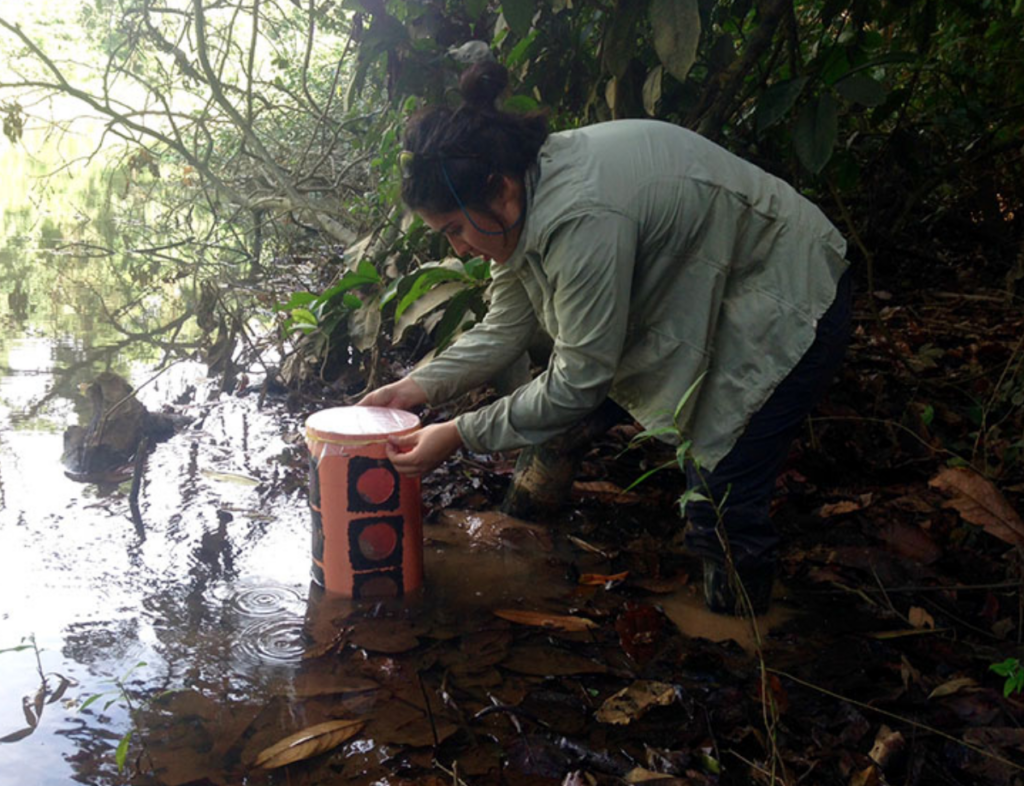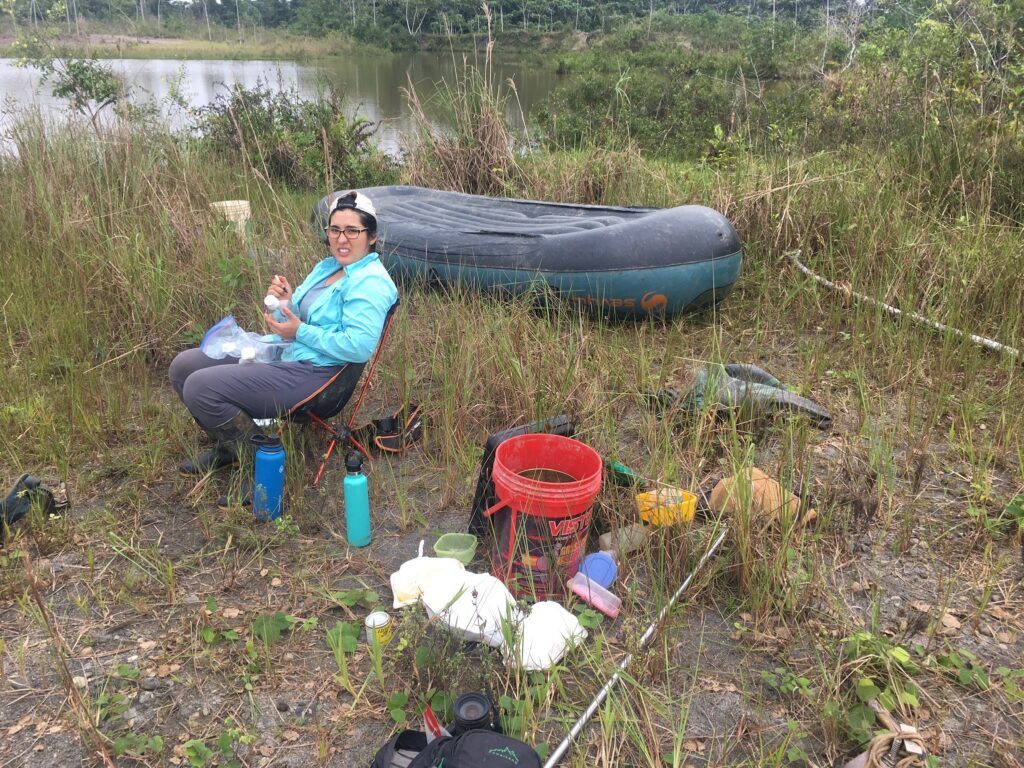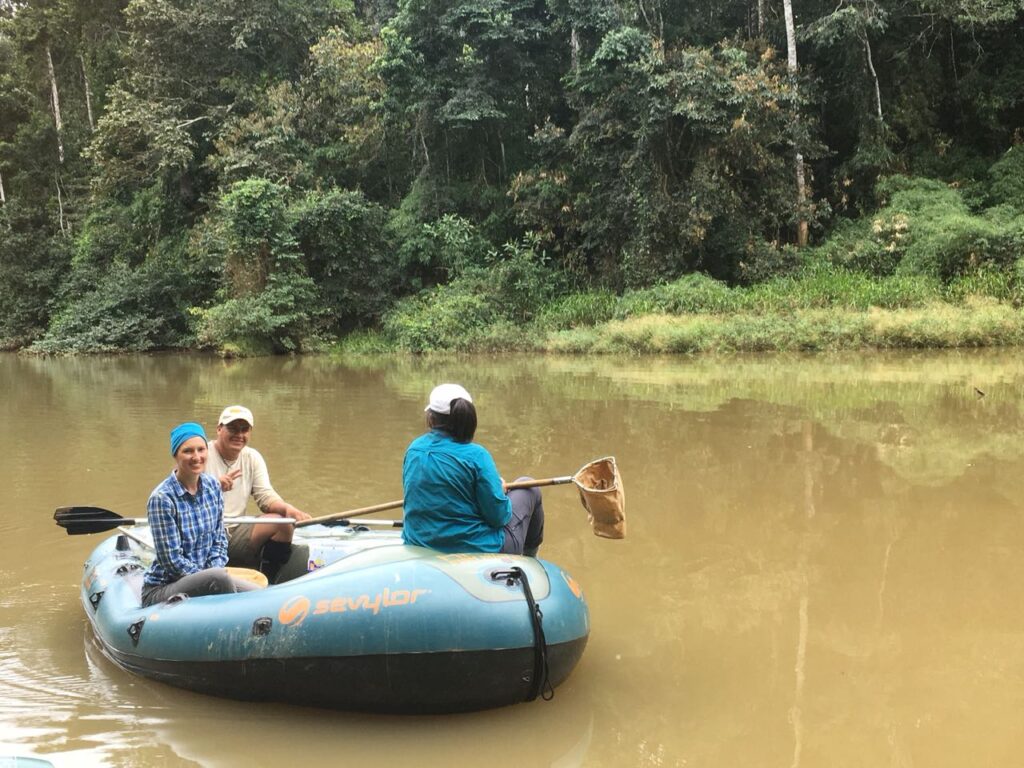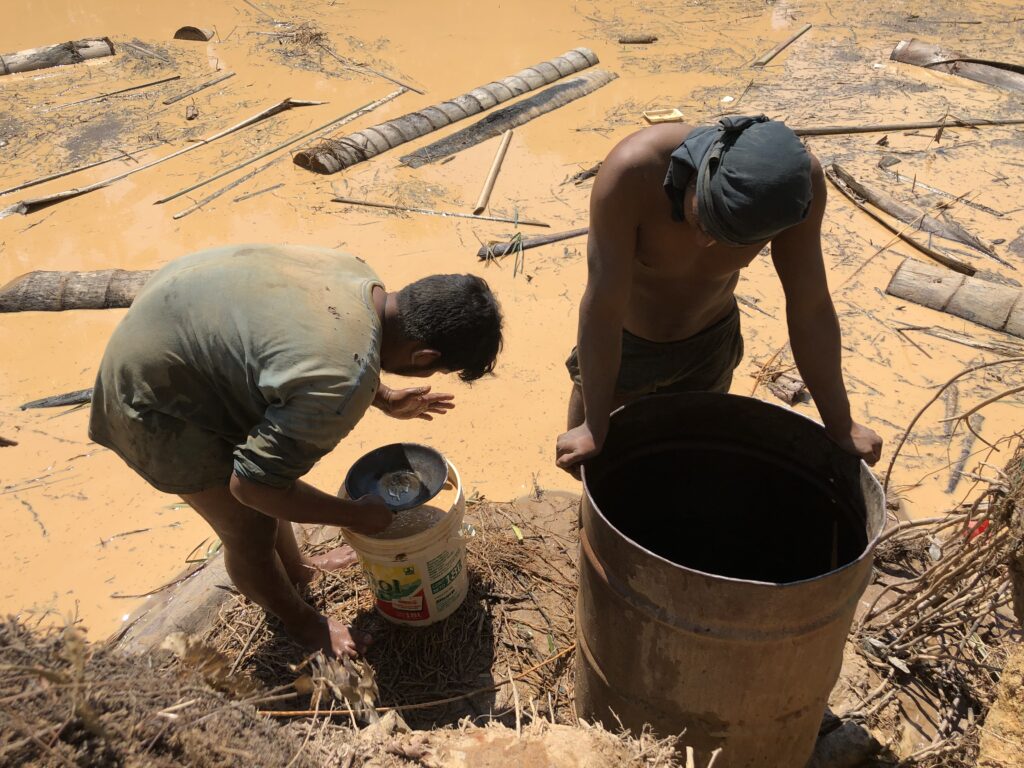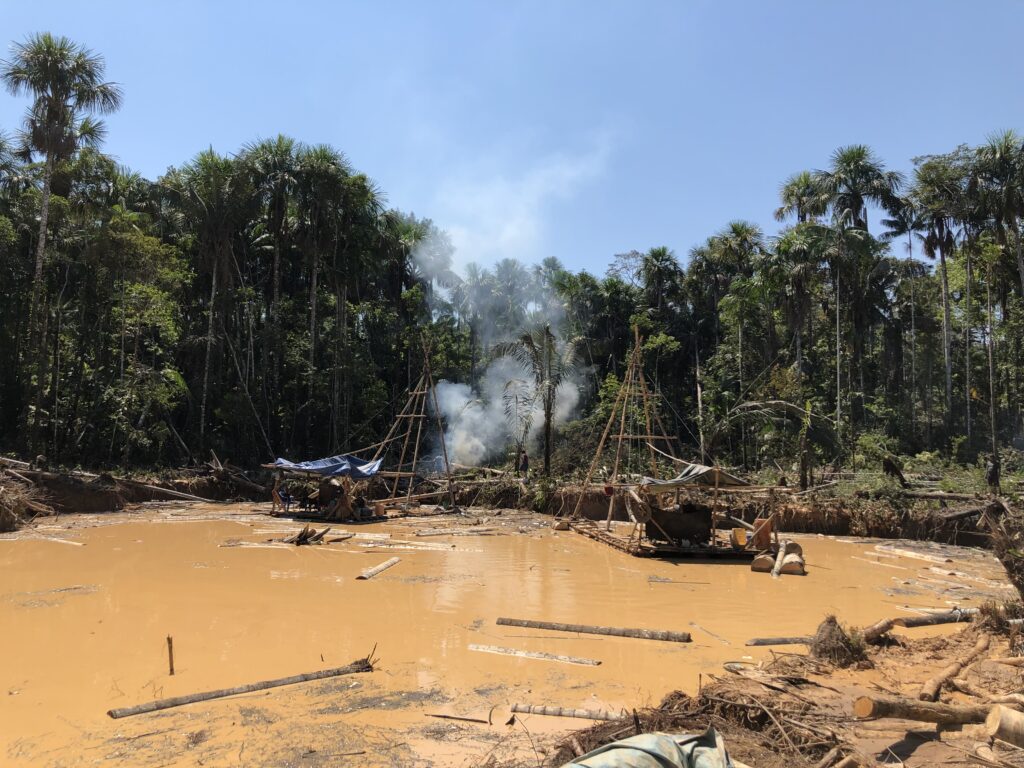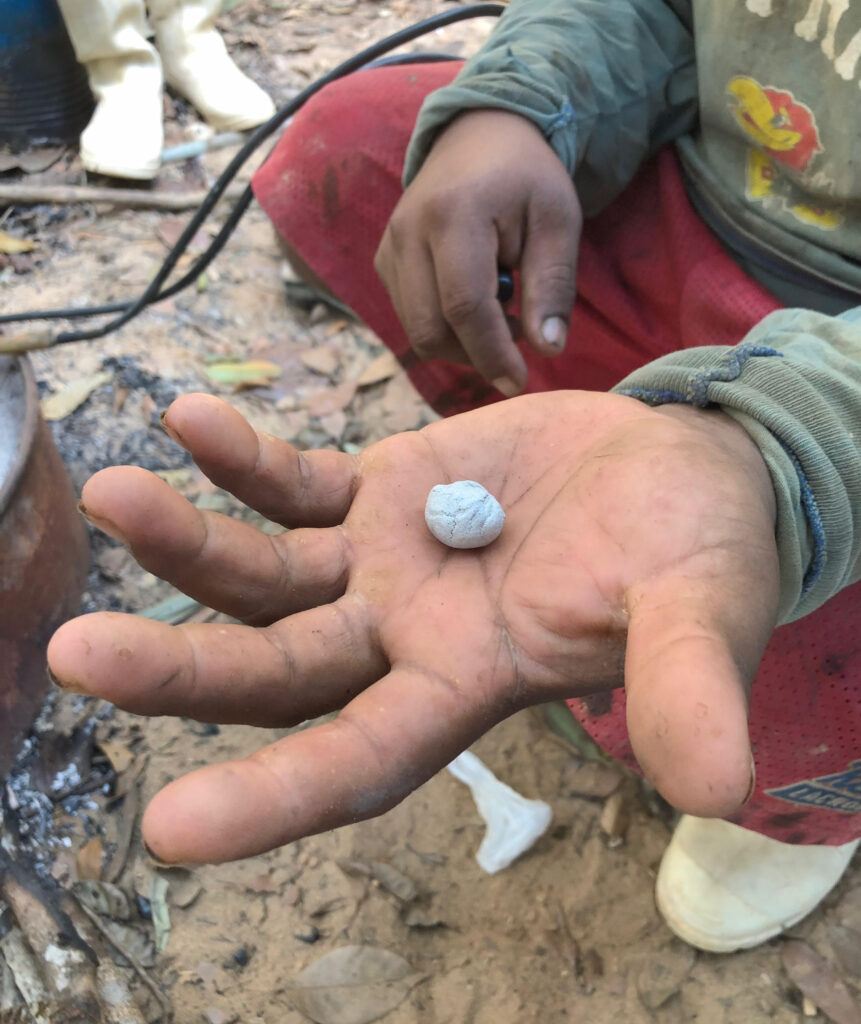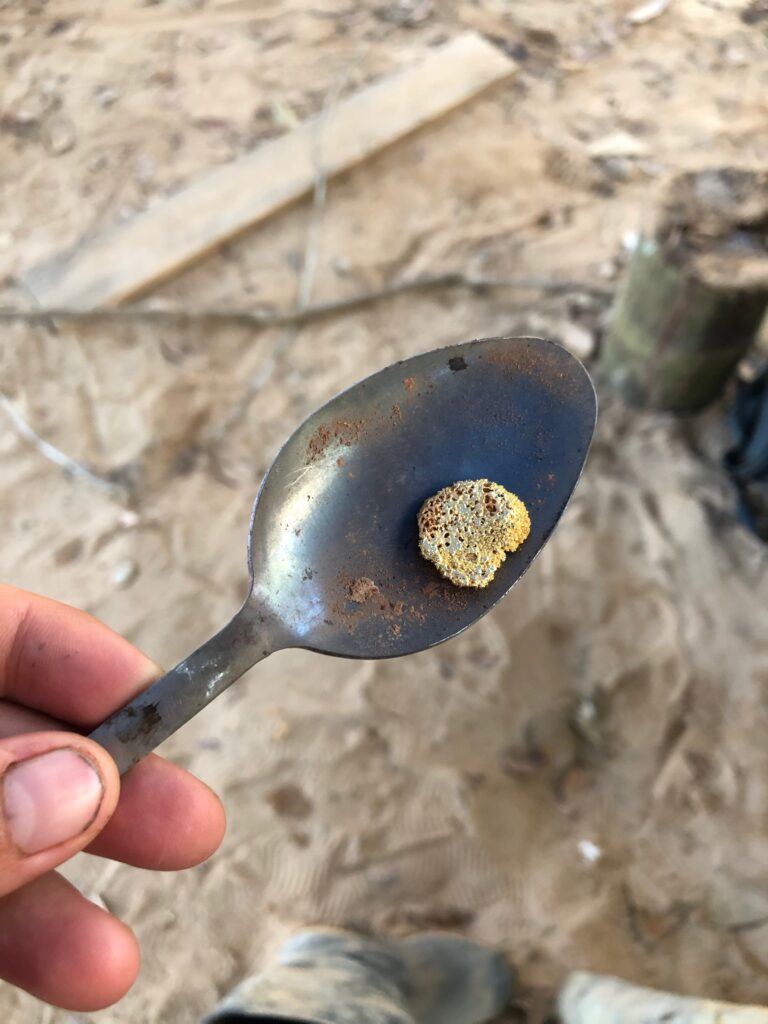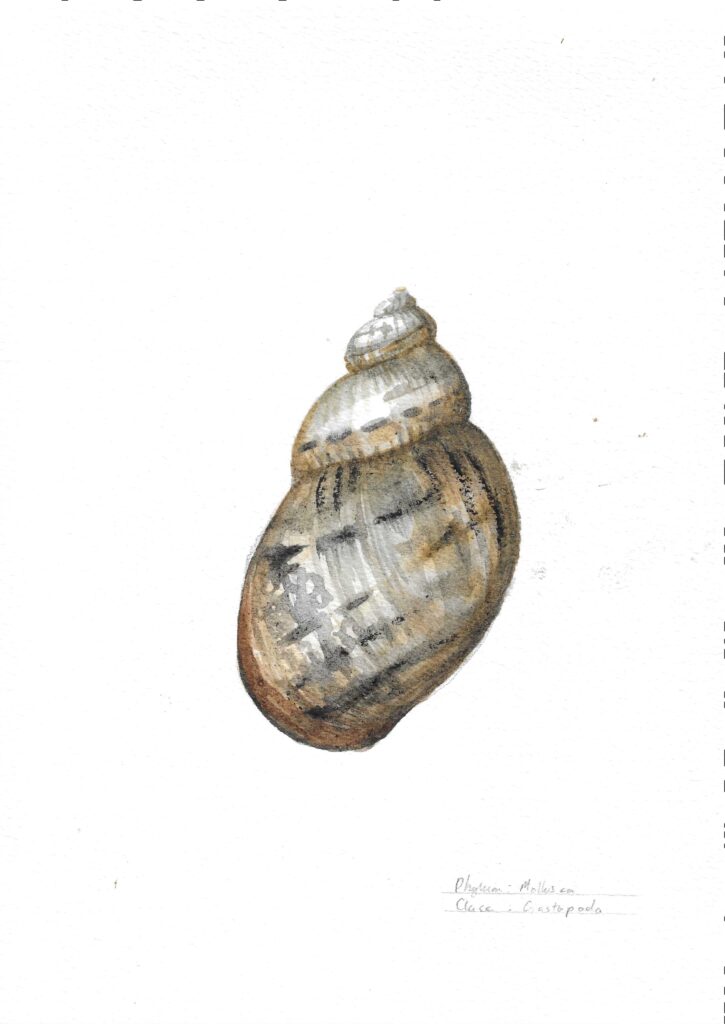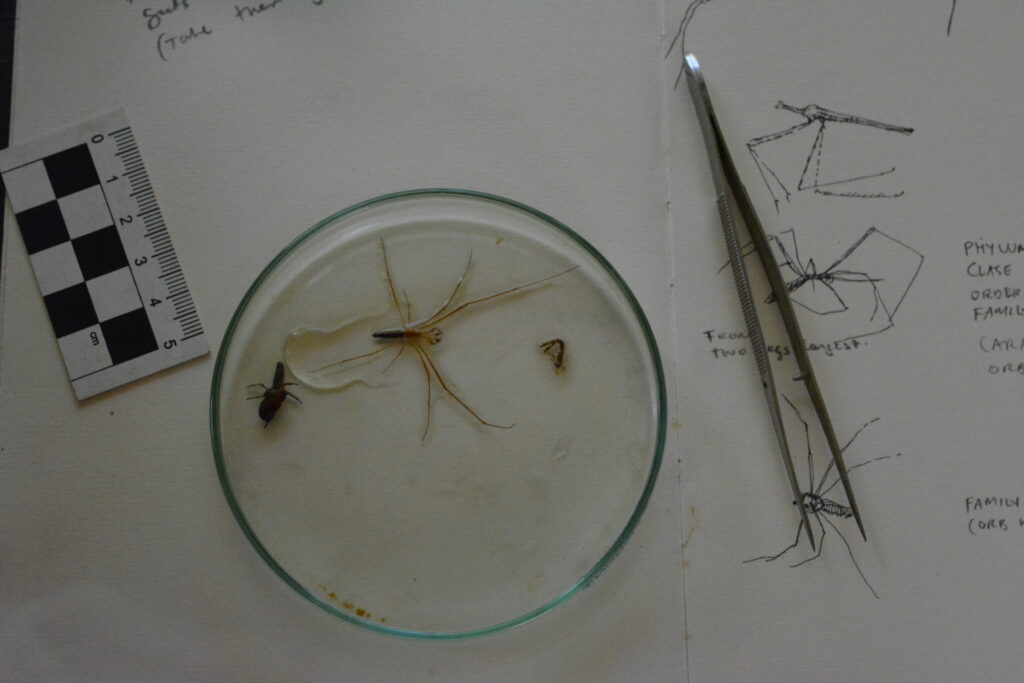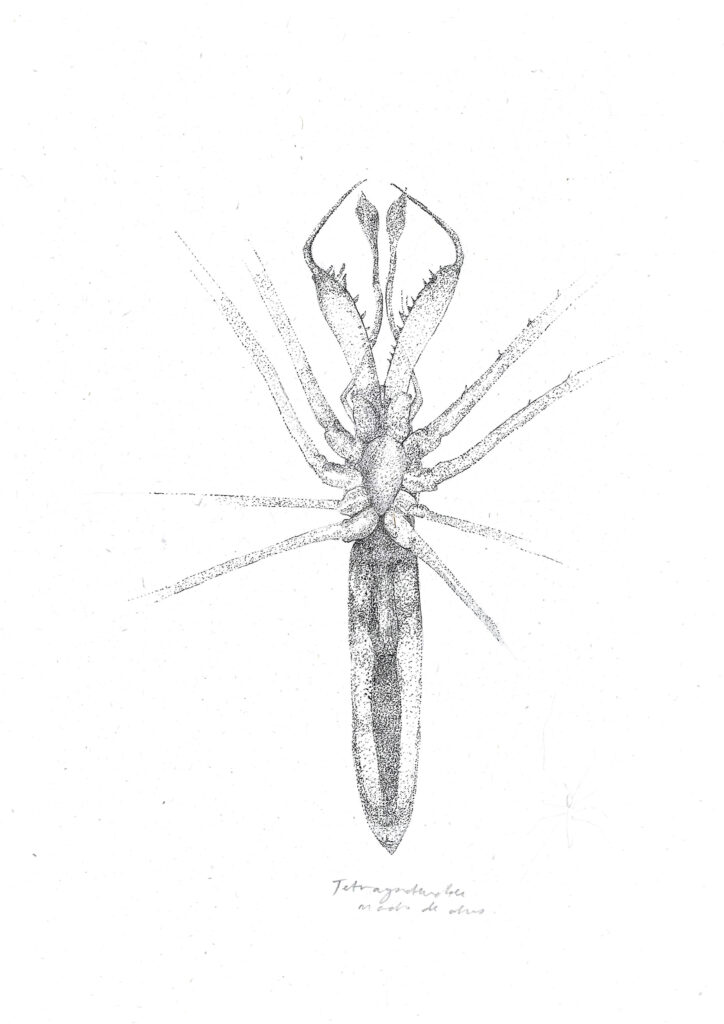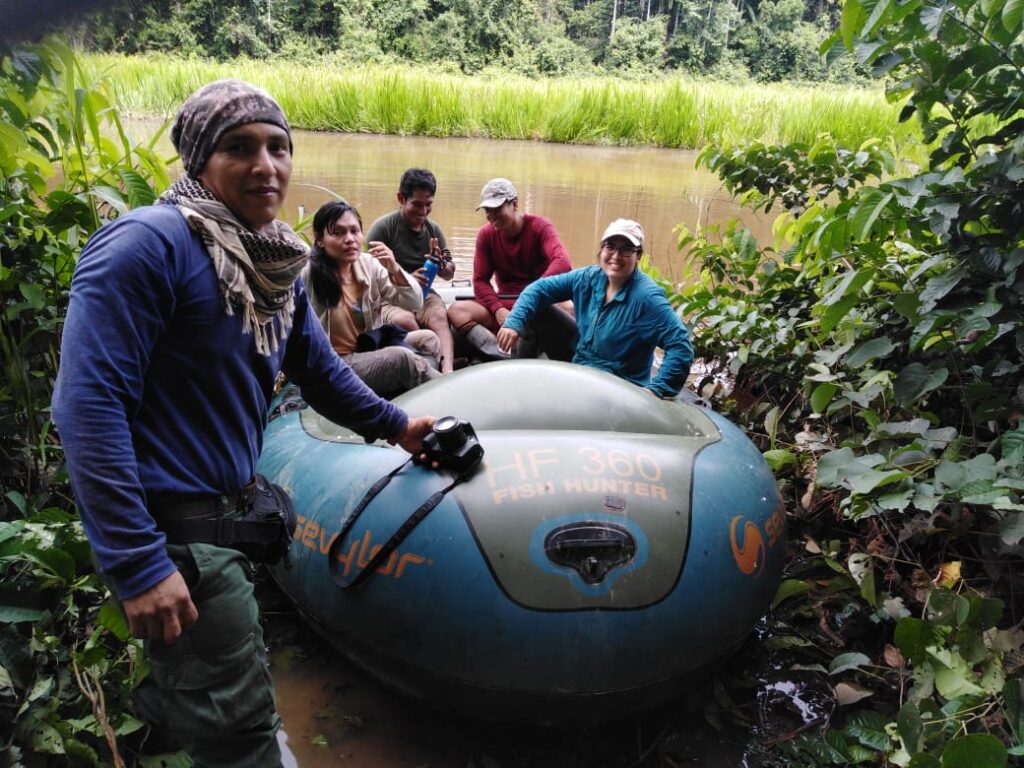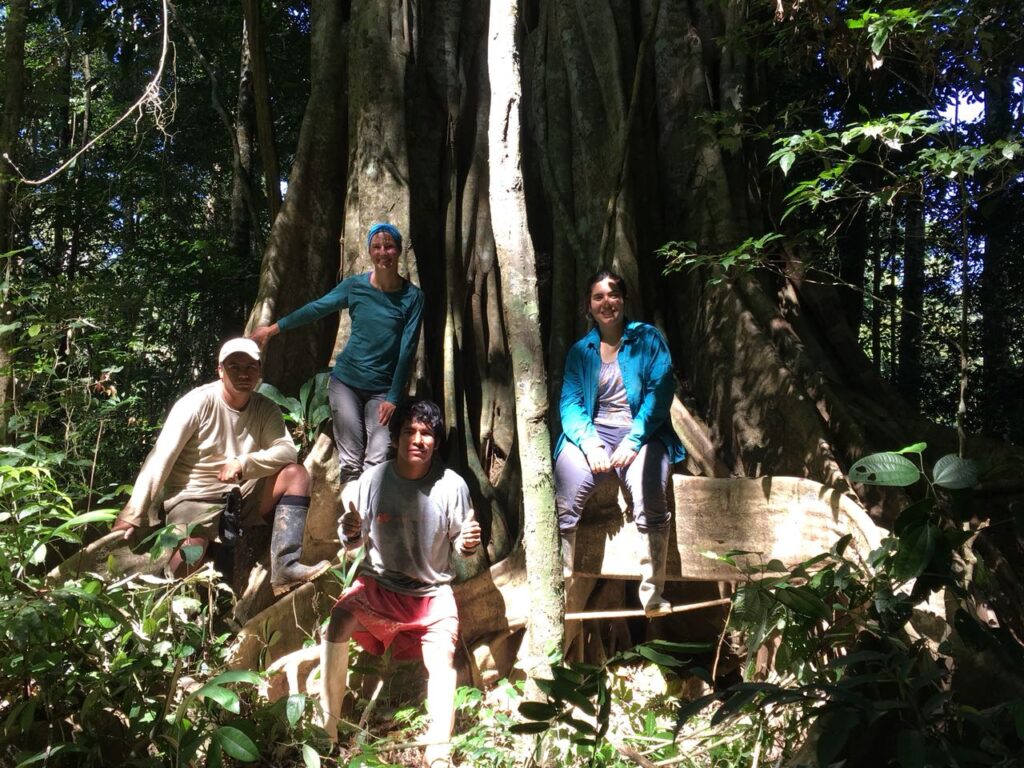Dissertation Title
Ecologies of Gold: Understanding the social, political, and ecological impacts of mercury use in informal, small-scale gold mining
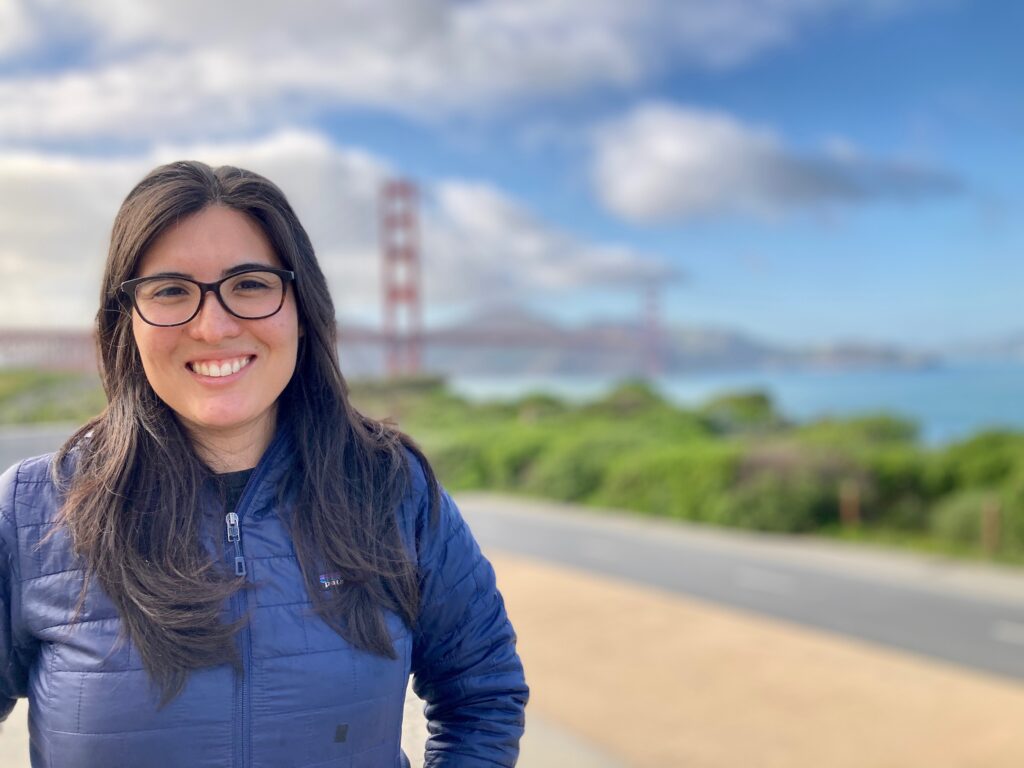
A little more about Jimena:
Jimena is an interdisciplinary environmental scientist working at the intersection of environmental and social justice. For her dissertation research, Jimena studied the social and ecological impacts of mercury use in informal, small-scale gold mining in the Amazonian region of Madre de Dios, Peru. Besides her research, Jimena is most proud of her work mentoring fellow graduate students in ESPM and through a mentoring program called Cientifico Latino (link: cientificolatino.com). She is also super proud to see the next generation of ESPM graduate students take up the hard work of fighting for equity and inclusion in the department! In addition to research, during her time in graduate school, Jimena spent a lot of time making pottery at the Berkeley Art Studio on campus. Her one true love is pottery, and you can check out her Instagram for photos of her work (@amancaypottery).
More about Jimena’s dissertation:
My dissertation explored the many layered and multi-scaled issues surrounding mercury use in informal, small-scale gold mining. Informal, small-scale gold mining is a complex, entangled social-natural system and currently is the principal livelihood for over 200 million people across more than 70 countries, many of whom work under dangerous conditions to extract precious metals, gems, and minerals. However, like most mining, informal mining often leaves a legacy of contaminated landscapes and sick people. Mining often causes the degradation of land, rendering it unsuitable for subsistence activities; all the while toxic elements used in processing can cause serious problems for individuals that consume contaminated food. In my dissertation I aimed to understand the social, political, and ecological impacts of mercury use in informal gold mining in Madre de Dios.
In the Amazonian region of Madre de Dios, mercury and gold are entangled in a metallurgic bond that stretches across centuries of knowledge and practice. It continues to this day as gold miners perform an everyday alchemy by adding liquid mercury to concentrate fine flecks of gold. Mercury envelops diffuse gold particles because of its strong chemical affinity and is only separated from this bond through the application of direct heat. Mercury’s melting point is lower than that of gold allowing miners to concentrate gold by roasting an amalgam, releasing thick white clouds of mercury vapor that sinew through the air. What remains is value in its purest form – a sponge-like disc of solid gold to be sold to any one of the plethora of local gold buyers. Just like magic, miners turn dirt into gold by using mercury.
The livelihood benefits realized by the millions of individuals whose socio-economic wellbeing is dependent on the extraction of gold stands in tension with the stark reality that the environmental impacts caused by gold mining in places like the Amazon rainforest appear outsized and unevenly distributed. Holding in tension these socio-economic benefits and environmental impacts, my dissertation aims to nuance and complicate mainstream understandings of both the social and the environmental impacts of small-scale gold mining in Madre de Dios. My interdisciplinary approach explicitly recognizes small-scale gold mining as a coupled social and natural system and uses a political ecology approach to examine these coupled dynamics.
My dissertation argues that pollution is a phenomenon emerging out of and coproduced by the interrelation between both social and biophysical factors at particular spatial scales and in particular historical moments. I push back against the notion of a permanently polluted world by demonstrating how pollution is uneven and mediated by the interaction between both social and natural factors. The main findings of my dissertation are 1) the level of mercury pollution in wildlife in abandoned mining ponds (approximated by measuring mercury concentrations in individual organisms) is connected in part to the social histories of these abandoned mines and in particular to site-specific gold production and processing practices. 2) Pollution is historically constructed and the idea that a place is polluted must be understood in relation to past iterations of resource extraction and land use management. In Madre de Dios, the Peruvian central state once sold mercury to gold miners as part of a larger program to spur rural economic development via gold extraction. These past legacies of state-sanctioned mercury use have not been publicly addressed and yet they contribute to present narratives and policies regarding widespread mercury contamination in the region. In addition, the toxic legacy of nearly 300 years of extraction of mercury from cinnabar mines in the Andean highlands is almost never mentioned in relation to what is commonly understood as a recently emerging issue of mercury pollution in Madre de Dios. It is only when history, politics, culture, and ecology are taken together and considered in relation with one another that the causes and consequences of mercury pollution can be fully understood and adequately addressed.
I believe good science should tell a story and as such, I tried to communicate my research findings in different ways beyond writing journal articles. In 2019, I organized a collaborative project with my friend, Maisie McNeice (artist webpage: maisiemcneice.com). While in Madre de Dios, Maisie accompanied me while I sampled for aquatic insects, fish, and spiders in abandoned gold mines. We worked together to translate the findings of my scientific studies into artwork that represents the multiple environmental and social dimensions of the issue of mercury use in informal gold mining. Together with Maisie we put on an art show and public talk at La Peña Cultural Center in Berkeley (link: lapena.org) in November 2019. Our show, Ecologies of Gold ( link: https://lapena.org/event/ecologies-of-gold-art-exhibition-lecture-on-the-impacts-of-gold-mining-rental/) was a huge hit and a lot of fun to put on! I still count my experience working with Maisie as one of the most rewarding experiences of my dissertation research.
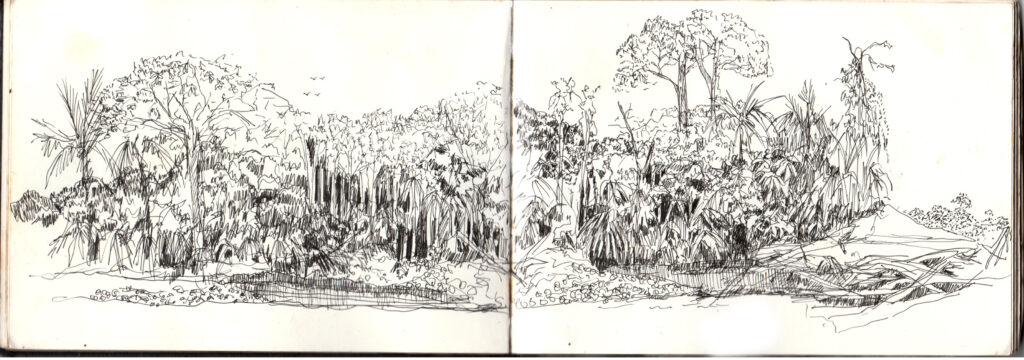
For more information on me, my research, and news articles where I am cited or quoted, see the following (please note that I don’t necessarily endorse any of the views expressed or claims made by the news articles I’m cited in):
Media Featuring Jimena:
Research Funded By:
- NSF GRFP
- UC Chancellor’s Fellowship
- Center for Latin American Studies
- Resh Family Fund
- Oliver Lyman Wildlife Fund
Acknowledgement by Jimena:
No accomplishment is singular. Every one of my accomplishments is the result of countless individuals standing behind me, lifting me up, and helping me learn to believe in myself – this dissertation is no exception. It took a village to birth and see this dissertation to the finish line. I was only able to persist through the ups and downs of the past five years with an immense amount of love and support from my friends and family, all of whom propelled me forward even when I wanted to give up. The wisdom and guidance of my mentors and advisors – Matthew, Nancy, Mary, and Albert – you all kept me on the path even when I was deeply unsure about what I was doing. Finally, without the unparalleled knowledge of the people in Peru who so graciously gave me their time and shared their stories with me, this dissertation would have never existed in the first place. From the bottom of my heart, I want to thank my paisanos peruanos for trusting me to tell the story of their lives.
